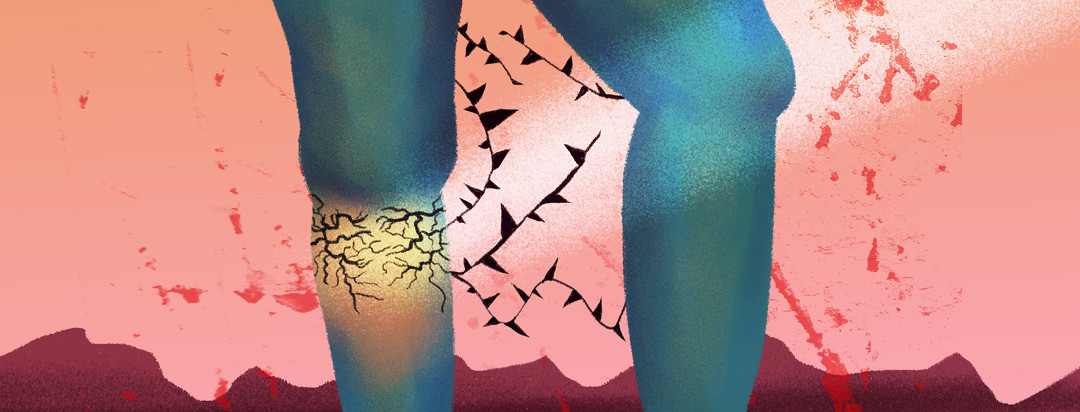What Are the Symptoms of Deep Vein Thrombosis?
Deep vein thrombosis (DVT) is a blood clot. It develops deep inside veins that have slower blood flow. The clot generally forms in the lower leg. But it can also develop in the thigh or other parts of the body.1
DVTs often get better on their own. But if a part of a blood clot breaks loose, it can cause a potentially dangerous problem called a pulmonary embolism (PE).2
A PE is caused by a blockage in one of the pulmonary arteries of the lungs. A piece of a blood clot breaks away and travels from the legs through the bloodstream to the lungs. DVT and PE are common, developing in around 1 to 3 of every 1,000 people. Together, they follow heart attack and stroke as the third most common cause of death from cardiovascular disease.2,3
Symptoms
A DVT sometimes has physical symptoms and other times is symptom-free, called “silent.” To evaluate the likelihood of a DVT, a doctor will ask about your symptoms and perform a physical exam. Common symptoms include:4-6
- Pain
- Redness
- Swelling
While performing a physical exam, your doctor will look for warmth, tenderness, or pain when your foot is flexed. Pain commonly begins in the calf, feeling like a cramp or soreness. Doctors also evaluate the presence of swelling (limb edema), typically in the affected leg or body part. Along with the physical exam, doctors diagnose DVT using blood and imaging tests. This can help your doctor decide on the right course of treatment for you.4,7
Staging
The severity of DVT is classified into 4 categories:8
- Provoked: caused by something specific like surgery, birth control pills, or lack of movement
- Unprovoked: has no known cause or reason for developing
- Proximal: occurs closer to the center of the body and more likely to lead to complications such as PE
- Distal: occurs below the knee
Risk factors
Risk factors vary. Conditions that can cause your blood to clot more easily include surgery or trauma, long-term immobility, heart failure, inflammatory bowel disease, obesity, being over 60 years old, use of birth control pills, and a prior history of DVT. When you sit or lie still for a long time the muscles in your calves don't contract. Normal contractions help circulation. Blood clots can form when circulation is reduced.4,8
DVT risk factors are evaluated by elements in Virchow’s Triad:4,8
- Venous stasis: reduced blood flow due to sitting for too long, extended bed rest, paralysis, general anesthesia, surgery, stroke, or long-haul flights
- Vascular injury: damage to veins caused by trauma, surgery, misuse of injected drugs, or previous DVT
- Hypercoagulability: increased risk of clotting due to a medical condition or inheriting a blood clotting disorder
Growing older is also associated with an increased risk for clots (thrombosis). Although there is no 1 clear reason, it seems as they age, more people are overweight, are more frequently sick, or have other preexisting medical conditions that can cause them to experience longer periods of immobility.8

Join the conversation